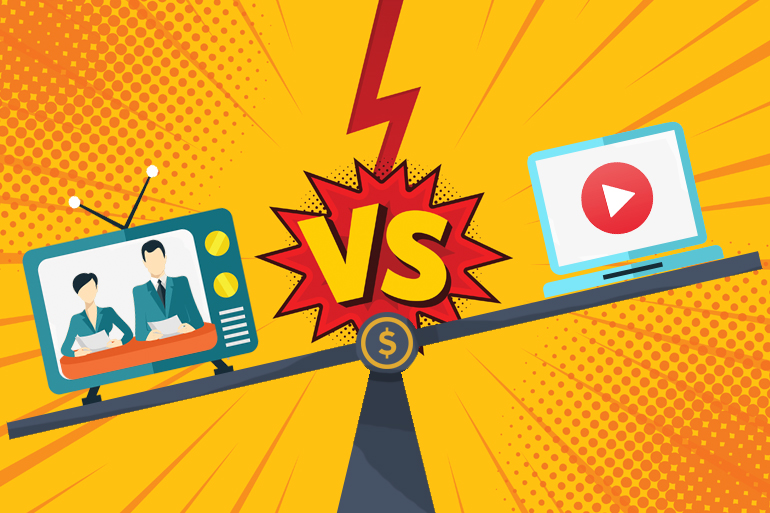Digital media and TV media are both forms of mass communication, but they have distinct differences.
Digital media refers to content that is created, distributed, and consumed through digital channels, such as the internet, mobile devices, and social media. Digital media includes websites, blogs, podcasts, streaming video and audio, and social media platforms. It is characterized by its interactive nature, ability to target specific audiences, and ability to track metrics such as views and engagement.
TV media, on the other hand, refers to content that is created, distributed, and consumed through traditional television channels, such as over-the-air, cable, and satellite networks. TV media includes live and recorded programming, news, sports, and movies. It is characterized by its broad reach and mass audience, as well as its ability to create shared cultural experiences.
Both digital and TV media have their own advantages and disadvantages. Digital media has the ability to be more targeted and interactive, and it can be accessed at any time, while TV media has a wider reach and can create a sense of shared experience. However, the line between them has been blurred as digital platforms like YouTube, Netflix, and Amazon Prime have created TV-like content and TV networks have started to stream their content online.
#digital #TV #Netflix #amazonprime #Media # Advertising #Marketing



